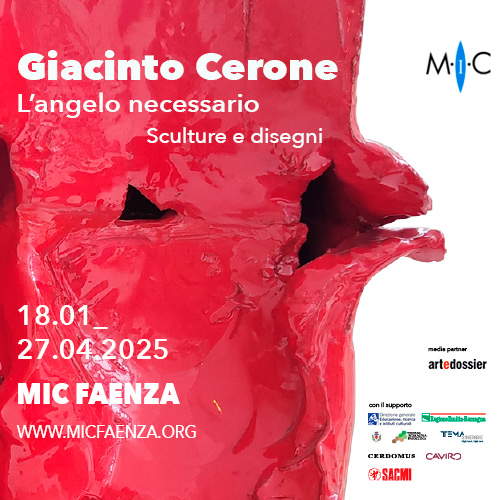If street art becomes a caricature of itself: the case of the Banksy Museum
The renowned and bustling Canal Street, located in the heart of Manhattan’s Soho , has been selected as the site for the new Banksy Museum. Opened last May, the museum was founded by Hazis Vardar and is entirely dedicated to the famous British street artist and writer. The museum team chose to reproduce the “street experience” within the exhibition space, within which some 160 works by the artist, from the most famous to the lesser-known, have been reproduced. All very interesting, except that the creation of these reproductions of Banksy’s works was commissioned by the museum from other street artists, who have remained anonymous.
Particularly interesting is the statement of the institution’s curator, who justified the choice by stating that “Few of his works are accessible to the general public... we knew we had to create an exhibition to bring Banksy’s art back in front of the public.” This decision, which relates to the broader issue about the musealization of street art, leads to several questions: can there be a museum with only reproductions? Does street art still work when it is removed from the street? And, most importantly, can an artist be anti-establishment and at the same time sell millions of dollars at auction?
The Banksy Museum cannot be considered a museum in the traditional sense: it is a museum in the same way that the many, too many, immersive exhibits that camp in numerous cities are, a paid experience where the content is dubious. Between artificial graffiti, police sirens, and warning signs surrounding the works, the atmosphere inside the Banksy Museum is more reminiscent of an escape room, and admission costs a whopping $30 for adults, in line with MoMA’s price for nonresidents. But at least at MoMA the Van Gogh is authentic.

The Banksy Museum is the latest in a series of museums dedicated to the street artist that Hazis Vardar has opened in different cities around the world, starting with his first experiment in Paris in 2019. Four are currently open, but the commercial industry linked to Banksy is far more extensive and includes an indefinite series of unauthorized exhibitions and sales of fake reproductions of artworks, as in the case of reproductions linked to the “Dismaland” event. The new New York museum is proof that art has become inseparable from commerce, and if Vardar states that “Street art belongs in the raw environment of the streets, but if people cannot see it, is it art?” we could only expect this.
The debate about street art and its musealization undoubtedly remains one of the hottest topics in the contemporary art scene. One must keep in mind that street art is very often the enemy of institutions and, above all, is designed not to last. And these are inalienable characteristics. Such an ephemeral practice that is institutionalized for economic reasons is as wrong as it can be, and when we witness the emergence of realities such as the Banksy Museum, it happens that it turns into a caricature of itself and loses its own vis polemic. If we then add that the real works of Banksy are not present but copies executed by other artists, even worse.
The case of Banksy then is emblematic: the artist, celebrated as the contemporary Robin Hood, has never hesitated to create works intended for the collector’s market, thus betraying the spirit of street art and ensuring that his message is often received as something highly contradictory and confrontational. However, one should not misunderstand: Banksy’s ideas are absolutely correct and shareable, but his moral vision is relatively simplistic: children are good, government is bad, and money is stupid.
Opinions are varied and conflicting: some think that street art works not conceived and made for an urban context do not belong to street art, even if they are produced by well-known street artists; others believe that a possible musealization of such works could safeguard them from future damage.
One thing is certain: Banksy’s museum declination confronts us with a condition that is very well known within the art system, namely that there are street artists who are sanctified by museum institutions, and this condition overshadows the work of many artists who, on the contrary, continue to nurture the daily existence and symbolic charge of an art that belongs to the streets, the walls, and to those who continue to question themselves as they walk through the city.
Warning: the translation into English of the original Italian article was created using automatic tools. We undertake to review all articles, but we do not guarantee the total absence of inaccuracies in the translation due to the program. You can find the original by clicking on the ITA button. If you find any mistake,please contact us.































